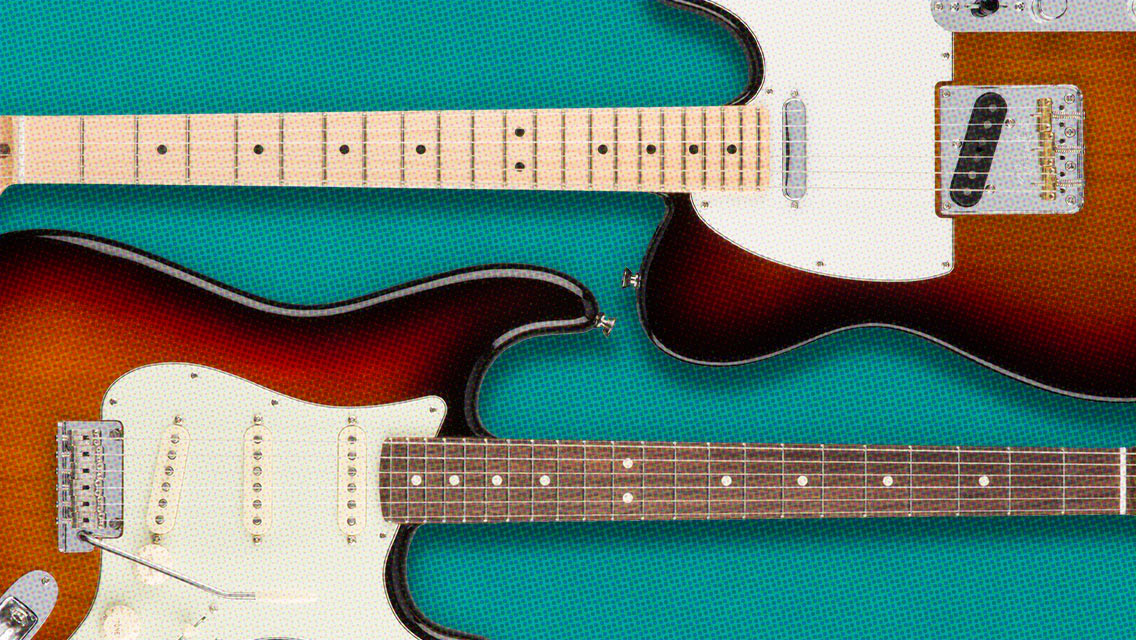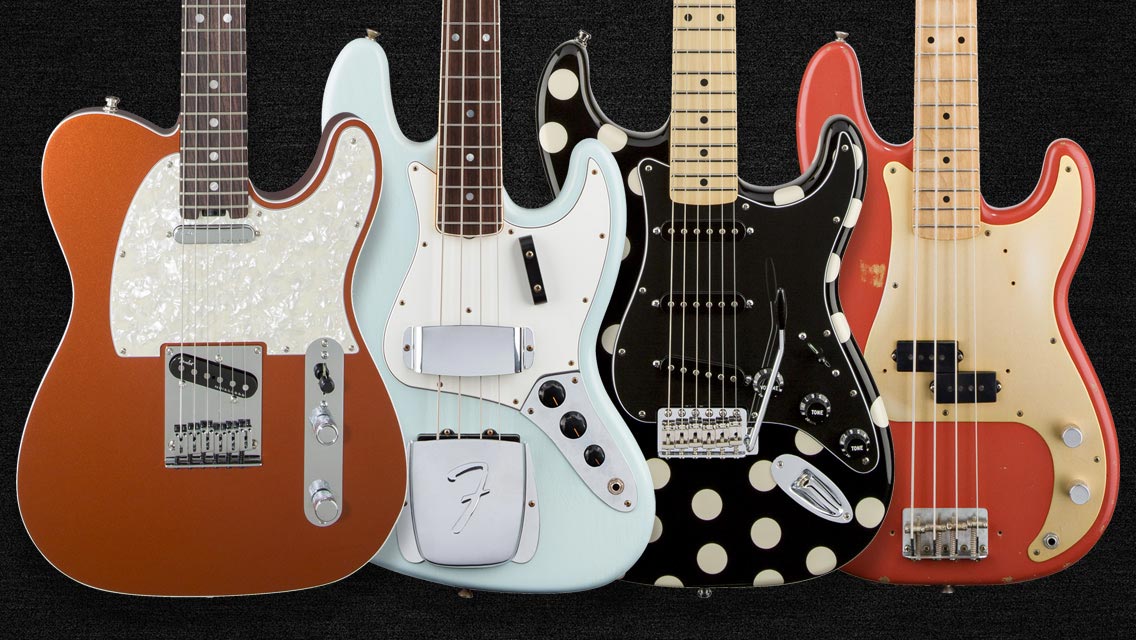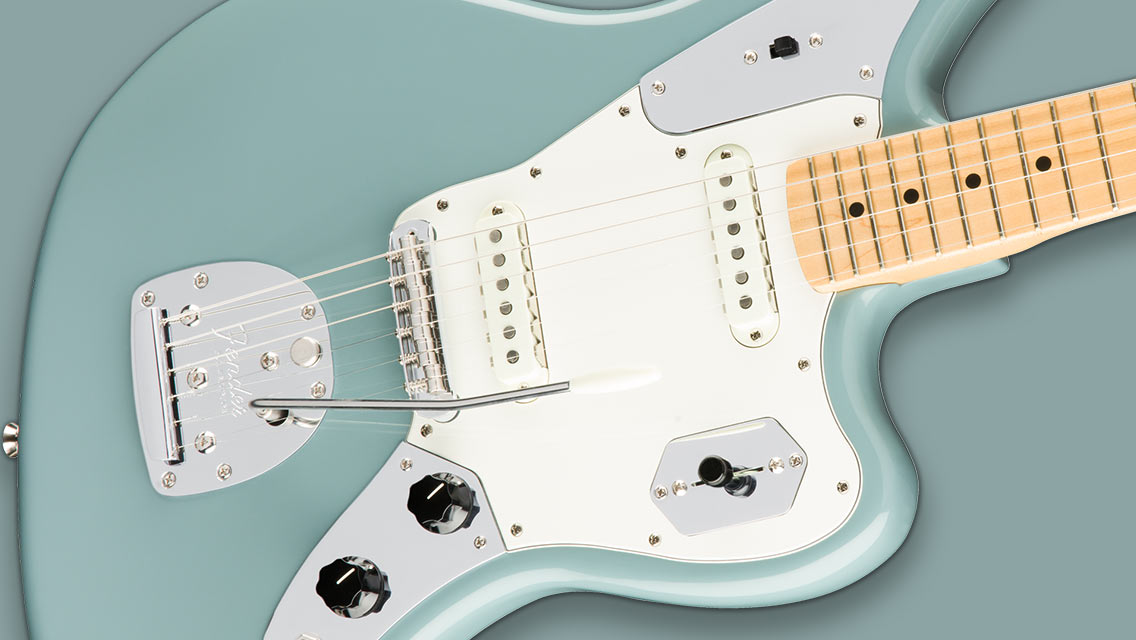2 Min ReadBy Mike Duffy
Pick Your Pick: A Plectrum Primer
Finding the right pick for you might not seem like a big deal, but it can really affect your tone and style.

You don’t have to play with a picks, but a lot of people do. If you’re a really dedicated player, there’s probably a pick in your pocket right now.
Picks—or plectrums as those in the U.K. call them—are not only tools for plucking the strings of your instrument, they also contribute to its overall tone. The thickness, the shape and the material out of which your pick is made all influence how you sound and play.
A Brief History
Musicians have used plectrums since the advent of stringed instruments, dating back to ancient Egypt. While the first were probably feathered quills, pieces of turtle shells became popular in the early 20th century, although ivory, bone and wood were also once common.
The turtle-shell material—or what is more colloquially known as “tortoiseshell”—that came from the hawksbill sea turtle was unfortunately overharvested, and they were officially listed on the endangered species list in 1973, ruling that material out for modern tortoiseshell picks and pickguards.
But that shell was prized because it was stiff, yet flexible, offering a pleasing striking surface for the strings. These became even more desired in the early 1920s as jazz and country music—and larger bodied guitars—came into fashion. Those dreadnought players needed to hang with their banjo counterparts, who were using thumb picks by that time anyway to produce a more prominent sound.
Luckily, in 1922, the D’Andrea company developed a way of stamping celluloid—a type of plastic—that mimicked tortoiseshell, offering the flexibility and rigidness that guitarists craved.
Materials
These days, picks are largely made from celluloid, but there are several other materials that that are utilized.
Nylon, polyethylene, bone, glass, metal, wood, horn, stone … you can find them all in your local music retailer (Queen’s Brian May preferred a coin to a traditional plectrum).
Normally, picks that are heavier sound brighter, with more mid-range shining through. Softer picks are more mellow—think bluesy jams.
Don’t miss out!
Be the first to know about new products, featured content, exclusive offers and giveaways.
Size and Shape
When D’Andrea came up with those first pick designs in the 1920s, the company developed over 50 shapes in an attempt to please a wide-range of players.
The main shape, however, is a V-like object with a point on the end, like a shark’s tooth. That gives the player a clear point to strum the strings. Some players even file down the points to be sharperin order to dial in even further.
The standard Fender guitar pick is known as the 351, but other options include the rounder 346, which has three rounded playing edges, and the slim and nimble 358, which resembles more of a teardrop. Want a true triangle and larger body? Try the 355 shape, with three pointed ends. The 451 is just like the 351, but smaller. And the 551 has a slightly wider body and sharper tip than the 451 for fast picking action.
As far as thickness goes, most manufacturers measure a pick’s thickness in millimeters or thousandths of an inch.
The standard measurements for pick gauges are as follows:
Thin: .44 millimeters
Medium: From .45 to .69 millimeters
Heavy: From .85 to 1.20 millimeters
Thick: 1.5 millimeters or more
Grip
How you hold a pick is important.
It should be known that harder picks tend to slip out of the hand more often, and you can hold on to a softer pick more easily.
Still, there are a lot of picks out there that have a coating on them or raised grip bumps to aid in friction when you’re on the attack.
When it comes down to choosing what pick is right for you, a lot of it is personal preference.
But getting the right pick for the tone and style that you want is no small issue. They might be small. They might be cheap. But these are and essential part of your style and tone.


